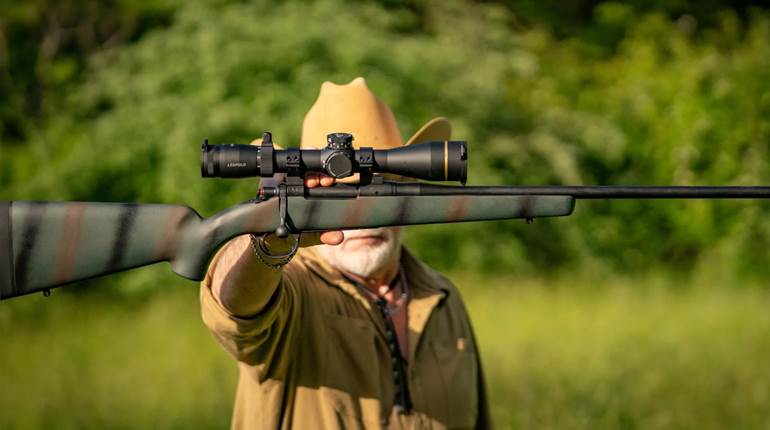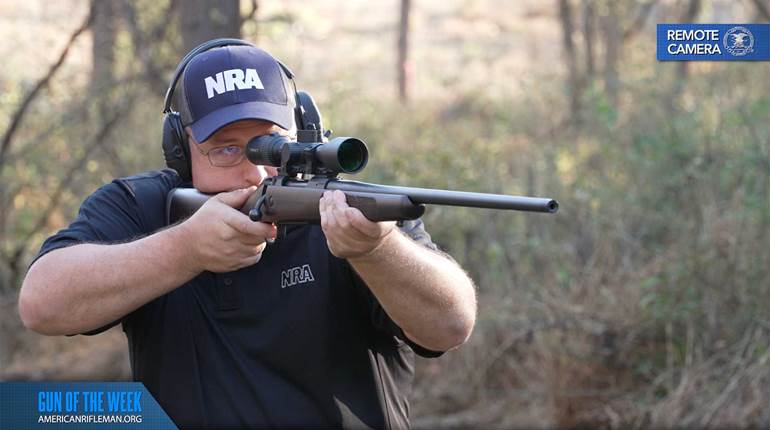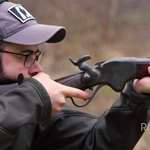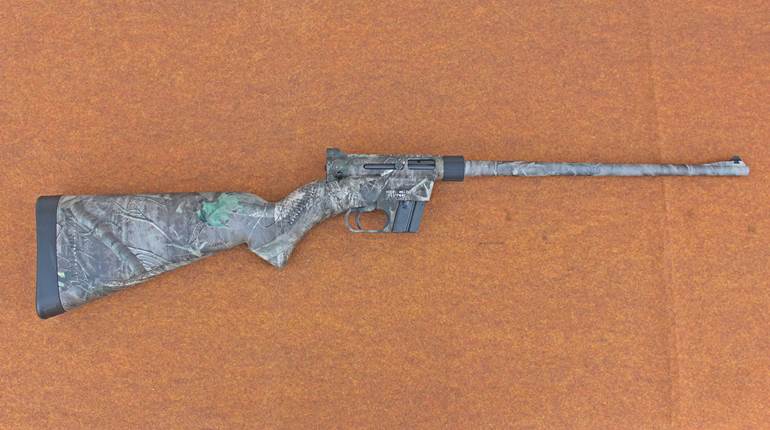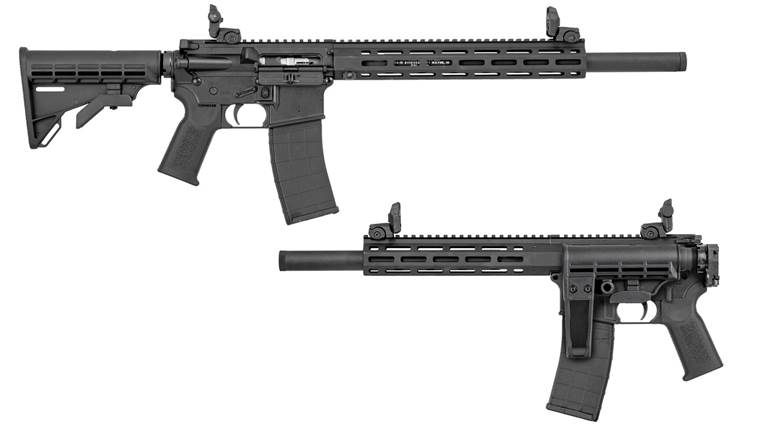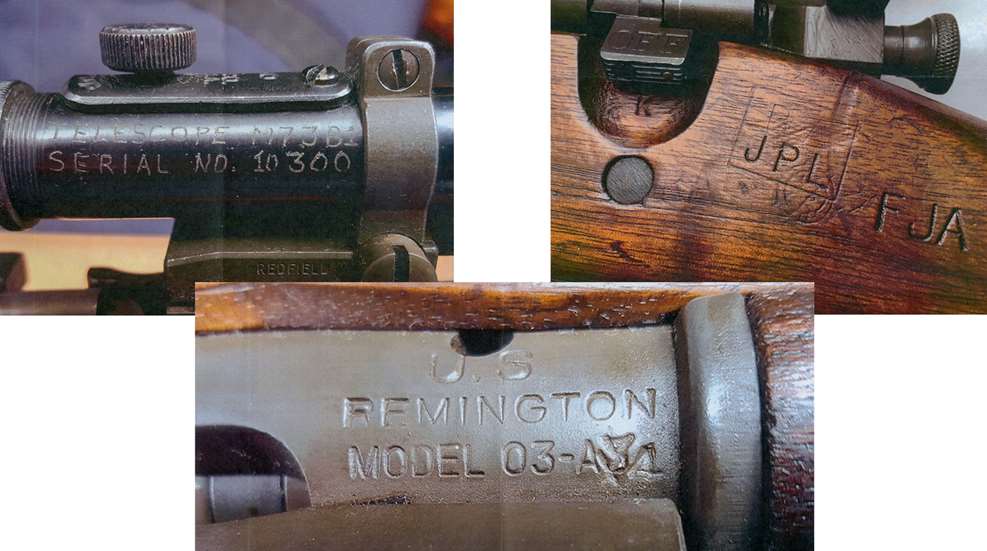
Q: I have a question about the markings on my U.S. Rifle Model 1903A4, namely the “MODEL 03-AX4” designation found on the receiver. It appears the second “3” of the original “03-A3” stamp was X-ed out and a “4” was added. Is this a legitimate marking made by a government armory or is it bogus?
A: This modification has been reported from time to time. It was not done at the Remington factory, but the details behind it are not known for certain. The most likely explanation is that it was done by armorers in a unit in order to make the marking on the rifle match the nomenclature of the official TO&E (Table of Organization and Equipment). Original M1903A4 rifles have the standard “Model 03-A3” markings applied to each side of the receiver ring so as to make them visible with the scope mount in place. Since there is no reasonable way to fake a 1903A4 receiver, the rationale behind this marking modification doesn’t seem to make sense, but it happened on some occasions. Supposedly, this altered marking has been observed on rifles that were still in government service, thus were not bogus markings. Altering such markings today would seem rather unlikely as the resulting rifles are no more valuable than those with standard markings.
The serial number and “M73B1” markings were etched on the side of commercial-production Weaver 330C telescopes that were procured by the government before the standard M73B1 scopes went into production. The “RA,” “Ordnance wheel” and “FJA” stamps on the stock are the original Remington factory markings, and “FJA” is Col. Frank J. Atwood, head of the Ordnance District in which the Remington factory was located. The “BA” and “JPL” stamps applied over the original markings indicate that the rifle was overhauled at the Benicia Arsenal (California) in the post-World War II period (“BA” for Benicia Arsenal and “JPL” for the inspector’s initials).














